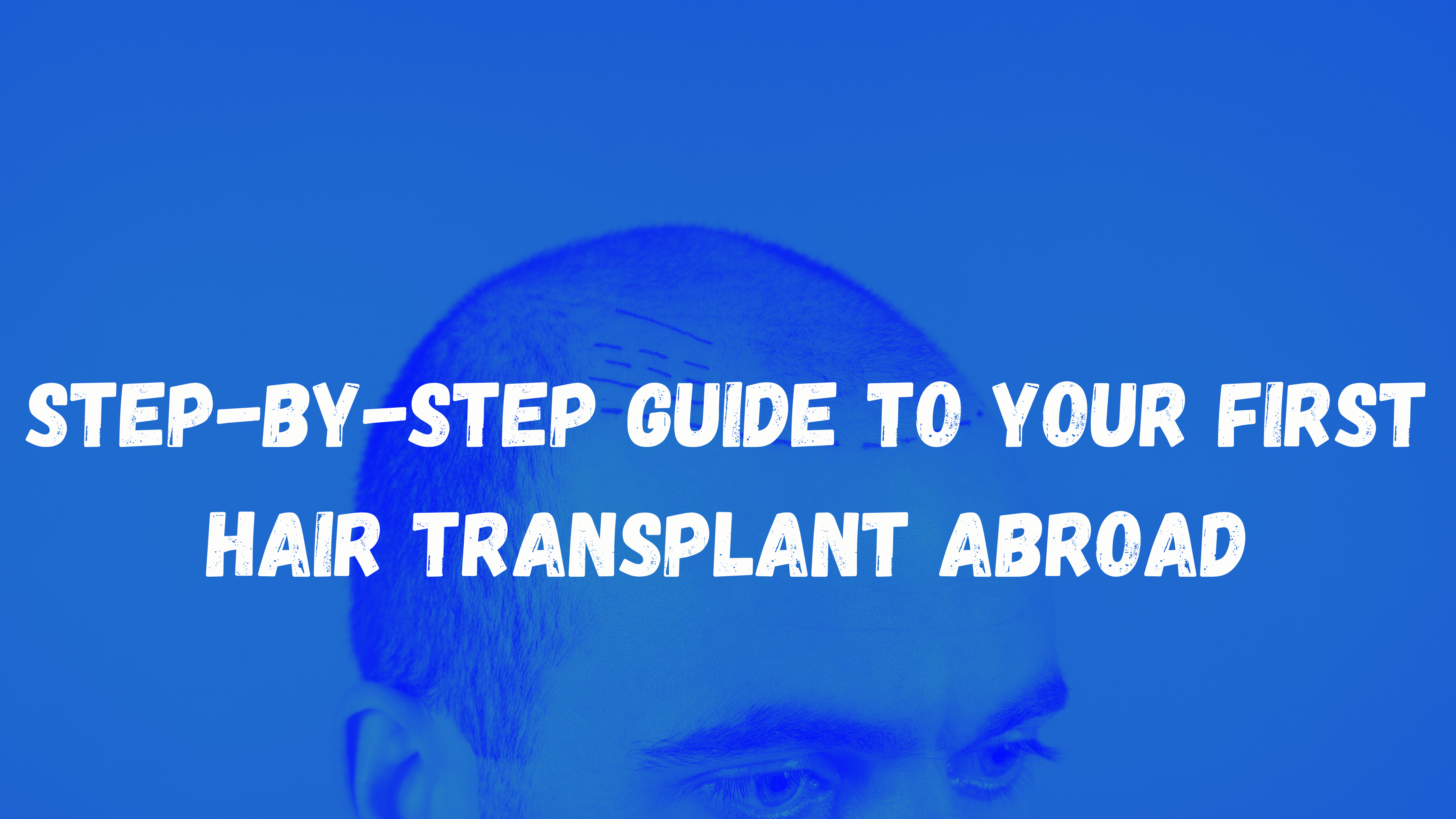If you’ve been thinking about a hair transplant, you are not alone. More people than ever are traveling abroad to get this procedure. It is not only more affordable, but it also offers you access to some of the best hair transplant surgeons in the world. This guide will walk you through the key steps for a successful hair transplant abroad.
1. Choosing the Right Destination
The first step is to choose the right country for your hair transplant. Some of the best-known destinations include Turkey, India, and Thailand. These countries offer high-quality services at a lower cost than many countries like the UK or US.
Turkey is a top choice for many. The country has a great reputation for hair transplants, with highly experienced surgeons and affordable prices. However, it’s important to research different countries and clinics. Make sure to check the costs, reviews, and overall reputation of the clinic before making a decision.
2. Find a Reliable Clinic
Once you’ve chosen your destination, the next step is finding the right clinic. A good clinic will have experienced surgeons and positive reviews from past patients.
You can start by checking the clinic’s website. Look for before-and-after pictures, patient testimonials, and the surgeon’s qualifications. Additionally, many clinics offer free online consultations where you can ask questions and get a feel for the place.
3. Understanding the Procedure
It’s important to understand the hair transplant procedure before you go. The two most common methods are FUE (Follicular Unit Extraction) and DHI (Direct Hair Implantation).
- FUE is the most widely used. The surgeon removes individual follicles from a donor area and implants them into the balding areas. This method is less invasive and leaves very small scars.
- DHI involves a special pen to directly implant the hair follicles into the scalp. It’s a more precise method, but it is typically a bit more expensive than FUE.
You’ll discuss these options with your surgeon, who will help you decide which is best for your needs.
4. Planning Your Trip
After booking your transplant, it’s time to plan your trip. Many medical tourism countries offer packages that include everything from accommodation to transportation and aftercare.
Make sure to plan for recovery time as well. You will need at least 7 to 10 days to rest and heal. Plan your schedule to ensure you have enough time to recover before heading back home.
5. Preparing for the Surgery
Before the procedure, your clinic will give you instructions on how to prepare. You may need to stop taking certain medications and avoid alcohol. It’s also important to keep your scalp clean and healthy before the surgery.
Preparing mentally is just as important as physical preparation. Understand that the procedure is straightforward and not painful. You’ll be awake during the surgery, but you won’t feel any pain due to the local anesthesia.
6. Undergoing the Surgery
On the day of the transplant, the surgeon will numb your scalp with local anesthesia. They will then begin removing follicles from the donor area and transplanting them into the bald spots. The entire procedure can take several hours.
While the surgery itself is painless, you may experience some swelling or mild discomfort afterward. This is normal and usually goes away within a few days.
7. Recovery and Aftercare
After the procedure, you will need to follow specific aftercare instructions to ensure the best results. For example, avoid strenuous activities, and be careful with your hair for the first few weeks.
Most clinics provide you with medication to reduce swelling and prevent infections. It’s common to see some shedding during the first few weeks. Don’t worry—this is temporary. New hair will begin to grow in a few months.
8. Be Patient – Results Take Time
Hair transplants don’t show instant results. It can take a few months before you start seeing noticeable changes. Typically, the transplanted hair will start growing after 3 to 4 months, but the full results will take up to a year.
Patience is key. The results will be worth the wait as you see a fuller, more natural-looking hairline.
Conclusion
A hair transplant abroad is a great way to restore your hair at an affordable price. By following these steps, choosing the right clinic, and being patient during recovery, you can enjoy the benefits of a natural hairline. Remember, the process takes time, but the final result will be well worth it.


